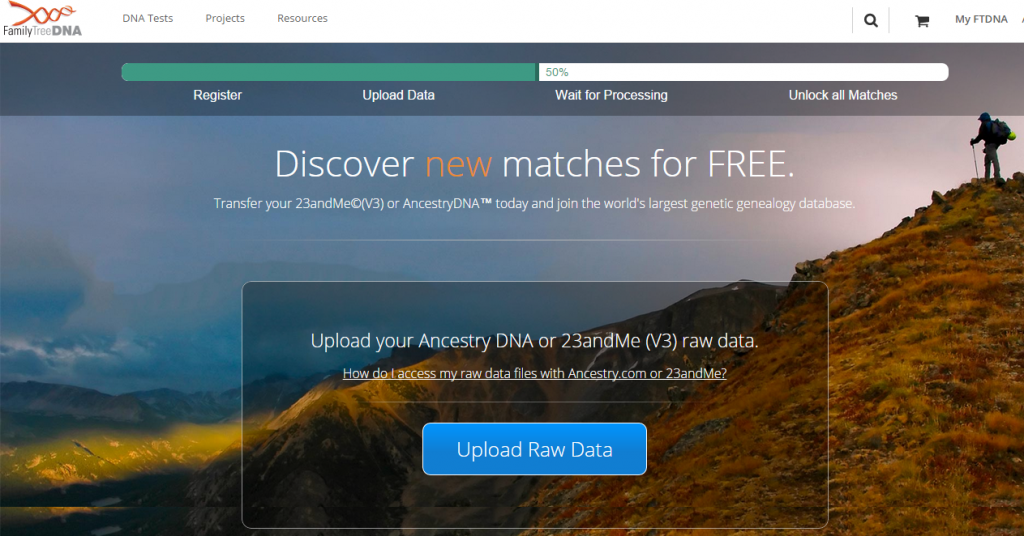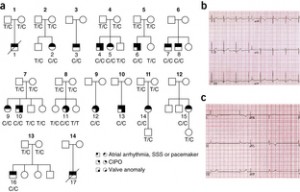 If you’re serious about genetic genealogy, you’ve heard of GEDmatch. The third-party site is one of the few ways to compare testing results among the three testing companies. The site
If you’re serious about genetic genealogy, you’ve heard of GEDmatch. The third-party site is one of the few ways to compare testing results among the three testing companies. The site
However, since GEDmatch is run by two incredible volunteers (Curtis Rogers and John Olson) with full-time jobs, the site has experienced server issues and downtime. Many have lamented that there was no monetization plan in place, but gave donations in hope that it would help the site grow.
This week, GEDmatch announced a monetization strategy, namely advanced tools that are only available to Tier 1 members at a nominal cost of $10/month:
Basic GEDmatch programs remain free and we plan to keep them this way. Donations help cover the costs associated with running this site, and will provide you with the benefit of using the additional Tier 1 tools for a period of time equal to one month for every $10 donated. You may use the ‘Donate’ button below, for a one-time donation of any amount, or the ‘Join GEDmatch’ button to establish a recurring $10 per month amount.


 Short Summary: Before the end of the year,
Short Summary: Before the end of the year,  In 2008, I wrote about the case of Mr. and Mrs. George Fry, who are believed to have brought a particularly negative mutation with them to the New World from Europe in 1630 (“
In 2008, I wrote about the case of Mr. and Mrs. George Fry, who are believed to have brought a particularly negative mutation with them to the New World from Europe in 1630 (“